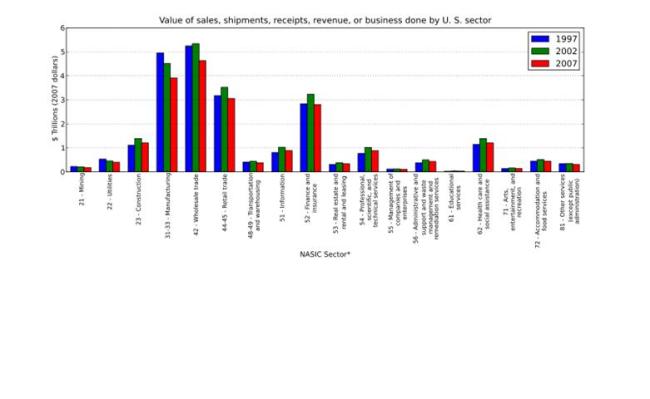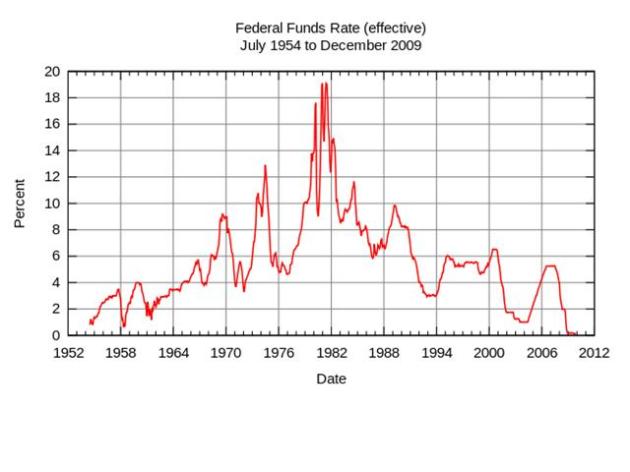Partial Equilibrium by Sectors Intervention Instead of General Equilibrium’ Central Banks Interest Rate Adjustment
June 27, 2013 Leave a comment
Abstract
The FED’s Federal Funds Rate and other Central Banks Rate adjustments are targeting the entire market (i.e. Economy) effect could be deleveraging by raising it or boosting by lowering it that materializes the theory of General Equilibrium. However, because these sectors are becoming more globally than nationally connected such general approach did not reflect the possibilities of using the Partial Equilibrium approach by Monetary (lending rates), Fiscal, and Regulatory means to adjust some sector redundancies, whereas allowing the rest of the economy continues market development (i.e. Economic growth).
Introduction
The economic data[1] by sector from the last two recessions the 2000-01 and 2007-9 ones show the unevenness with which these sectors fluctuate, thus the overcapitalization in the Internet Bubble 2001 or the Real Estate 2007 compared to decrease in the capital of e.g. Manufacturing. Hence differences are mostly exogenous because of the ongoing globalization and rising productivity, Chinese industrialization, the Internet, and the overall improvement of manufacturing technologies that have allowed outsourcing and moving of industrial production and capital much easier than ever in history; factors that support long terms of lower inflations toward deflations developed markets (i.e. Economies). Developments that make a different market (i.e. Economic) sectors more globally interconnected. As we see in Table 1- NASIC sectors differ vary substantially in growth therefore before the 2007-9 recession, possible redundancies targeted Federal Funds Rate adjustments[2] are pro-cyclical in the case of Manufacturing, Wholesale, etc., and counter-cyclical in the case of Real Estate, Construction, and related Industries. Currently used economics does not take sufficiently enough the new developments (see above) and rely on statical a combination of Libertarianism and Keynism trickle-down approaches that performed poorly in the recession as well post-recession times. Seemingly, the most unorthodox approaches of Quantitative Easing, Abenomics, General Governmental intervention in business e.g. US Auto Industry, Financial Sector, etc., and e.g. Extended Unemployment, Foreclosures, etc., have had the best results over the markets (i.e. Economies). Moreover, the Chinese approach in cooling Real Estate bubbles and overcapitalization of the sector could be considered the most effective up to date: through Monetary, Fiscal and Regulatory means the Chinese government targeted some individual sectors such as Real Estate, Construction, and related industries; a method that proved quietly effective, and method considered by the Market Economics as one of the Future. However, even though individual markets (i.e. Economies) posses their nuances and specifics the fundamental principle of Market Economics that economic tools are to be used “as it comes; as it goes” approach, which will reflect the specific market (i.e. Economic) developments that basically reflect all different markets (i.e. Economies) in a way of justifying the unorthodox means when needed. The change from using Central Banks’ Interest Rate on a general equilibrium approach to one using different market tools on a partial equilibrium of the individual sectors in need for intervention, whereas not touching sectors, not in such need. This paper will scientifically justify such an innovative approach. (To be continued)
Joshua Ioji Konov 2013


Recent Comments